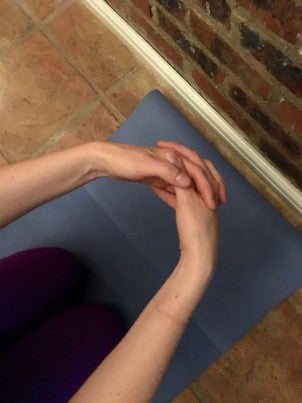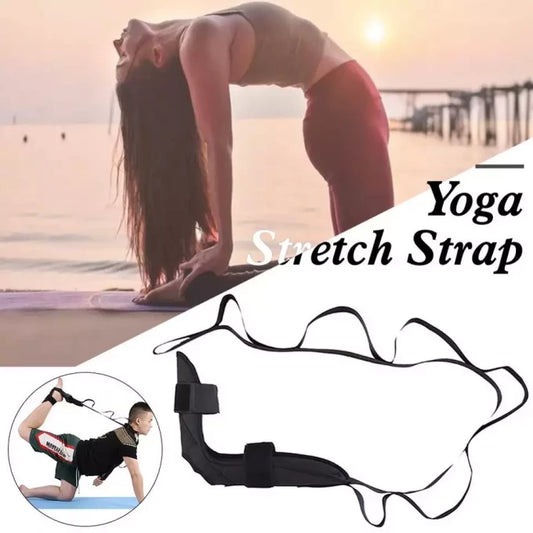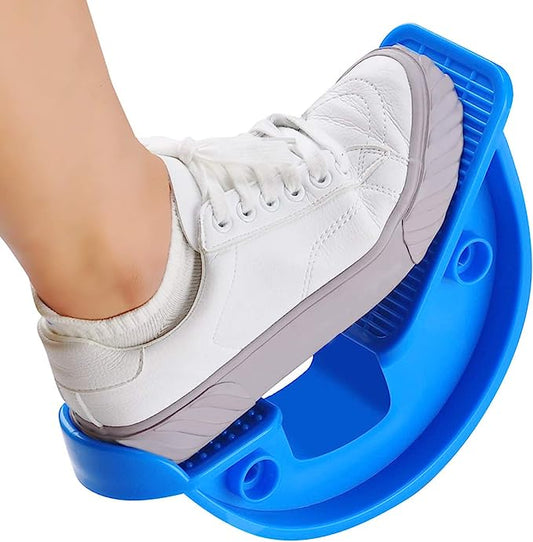Headstand:The act of balancing on ones head with the feet positioned vertically, pointing towards the stars.
Headstands are traditionally an inversion pose practiced in yoga sequences. You may have also seen them in beginner gymnastic training programmes and funked up breakdancing solos. If you feel like having some fun during your workout its good to know that headstands require minimal flexibility to do one. You also do not require any no cat-like prowess as compared to back flips, back tumbles and walking on your hands.
Strengthening your headstand is also an effective progressive step when building strength toward other inversion stunts. And you get real ‘bang-for-your-buck’ because it not only makes your stronger, but it will contribute to alleviating your nagging backpain.
Headstands are awesome. We definitely do not spend enough time upside down in my opinion. What results is constant downward pressure on our lower back and spinal coloumn. You can lessen this pressure on an inversion table, but this builds no strength or ability, youre just hanging out like a lazy fruit bat.
So we decided to list the most awesome headstand benefits in an effort to convince you to spend more time on your head:
- When you are upside down you reverse the flow of gravity. This simulates a natural facelift as your skin sags in the opposite direction. At the same time your face is flushed with oxygen and nutrients which leaves you with a youthful, glowing appearance. Convinced already!? Read on, we’ve got more..
- Ever heard of the pituitary gland? This little guy controls all hormonal functioning in your body and when you’re upside down, your pituitary gland gets flushed with nutrients and oxygen and love. This gland is also the master of your sex hormones, so expect better sex and an improved sex drive when you consistently spend more time ‘hanging out’.
- Not loving those nasty varicose veins ? Headstands will drain the excess fluid and pressure from your feet and ankles which is a natural cure for varicose veins.
- Headstands strengthen your deep core muscles. To hold a straight headstand for an extended period of time, it is very important to engage the obliques, the rectus abdominus and the transverse abdominus stomach muscle. The deep abdominal muscles support the lumbar spine which in turn reduces the stress and strain on Quadratus Lumboris muscle, often the culprit in lower back issues.
- When in an inversion posture, the pressure is lessened on your lumbar spinal discs and surrounding muscles. This is a huge relief for these hard working back muscles. Many people spend hours lying in an inversion table, but this does not improve your overall strength. The benefits of a headstand are dual: strength and pressure release. So hanging out is a great way to give your lower back some relief and TLC.
When you begin, work with a wall until you are confident and strong enough to balance without assitance. I use a yoga mat and place it next to the wall. A folded over towel also works a charm.

Interlock your fingures and form a cup with your hands. This is going to act as the ‘hammock’ for your head and ensures accurate placement of your head on the floor.

Begin on your knees and place your interlocked hands approximately 2cm from the wall. Keep the hands relaxed and the thumbs facing the ceiling.

Gently place the crown (this is the top, flatter portion) of your head into the ground, nestling the back of your head comfortably into the palms of your hands. Place your forearms flat on the ground so your elbows and head form a triangular shape.

Now straighten your legs. Keeping your shoulders above your elbows, begin to walk your feet in one step at a time towards your head until you feel that your hips are directly above your torso. Your headstand mantra from now until your exit your headstand is ENGAGE YOUR CORE. When your core is engaged and strong, you take the pressure off your neck and head. You will also need good core strength and stability in order to raise your hips up into the headstand.

Bend both knees, drawing them into your chest as tight as possible and slowly raise your feet toward the ceiling (or the stars, depending on your appetite for adventure).

Once you are strong enough to fully straighten your legs, activate your bottom and your leg muscles. Imagine you are a unbendable pin. Hanging out in a headstand is not a passive exercise. It is super important you remain engaged and strong throughout the headstand to prevent excessive pressure on your neck.

With time and practice you will gain the confidence to move away from your friend, the wall. Practice balancing and holding the headstand for 10 – 15 second intervals initially. Ideally you should work up to having the strength, balance and ability to hold a free standing headstand for 1 – 2 minutes at a time.
After your headstand, rest in ‘child’s pose’

Headstands are seriously underrated. This is because you often do not feel confident enough to try them or do them. With just a small amount of regular practice, you will be strong enough to hold a headstand with ease. They make your upper body ultra strong, they improve your balance and they improve your blood circulation and oxygen flow. Most importantly, your core will become stronger (no more flabby tummy’s) which in turn makes for a strong supported back.
No more excuses, get upside down today. Start building headstands into your daily routine and have fun while doing it!

Headstands make you strong. So how much time do you currently spend upside down each day? Most would answer something close to zero. We do caution you inverting your body is associated with some risks. And we do not believe anyone should attempt any inversion postures whilst in the acute phases of back pain or injury. BUT once you are on the road to recovery, in order to build strength and stability it is highly recommended that you add some upside down time to your training regime. Headstand holds for an accumulated time of 2-3 minutes per day is recommended.




